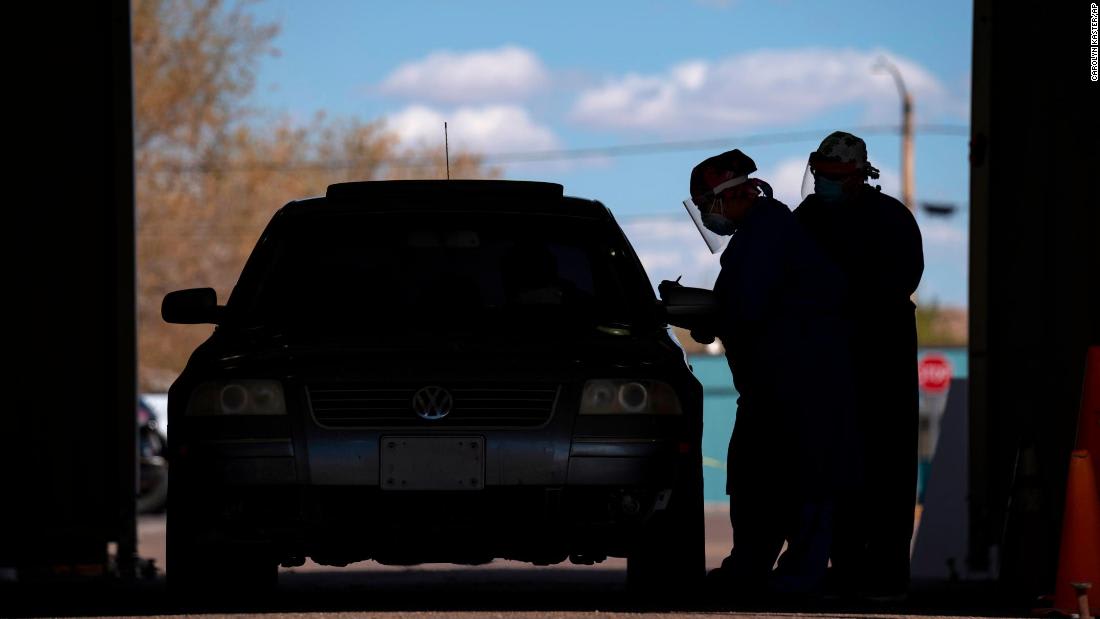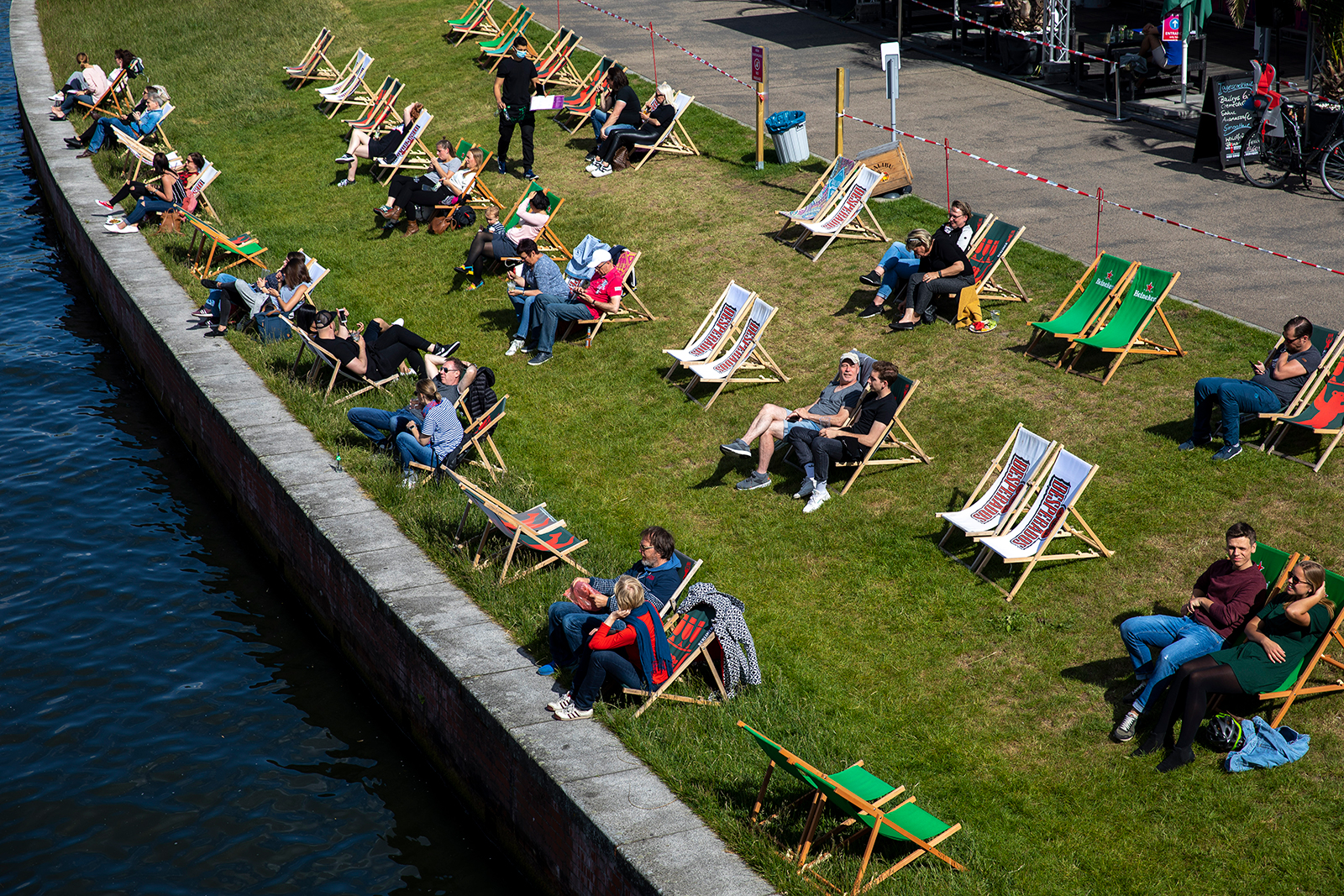
Germany has reported 47 new deaths from coronavirus in the past 24 hours, said the Robert Koch Institute (RKI) on Wednesday.
This raises the nationwide death toll to 8,349, according to the RKI, the national agency for disease control and prevention.
The country also confirmed 362 new cases, raising the nationwide count to 179,364 cases.
On Tuesday, the German government announced social distancing restrictions will be extended through June 29. Under the restrictions, no more than 10 people, or two households, are allowed to gather in public places.
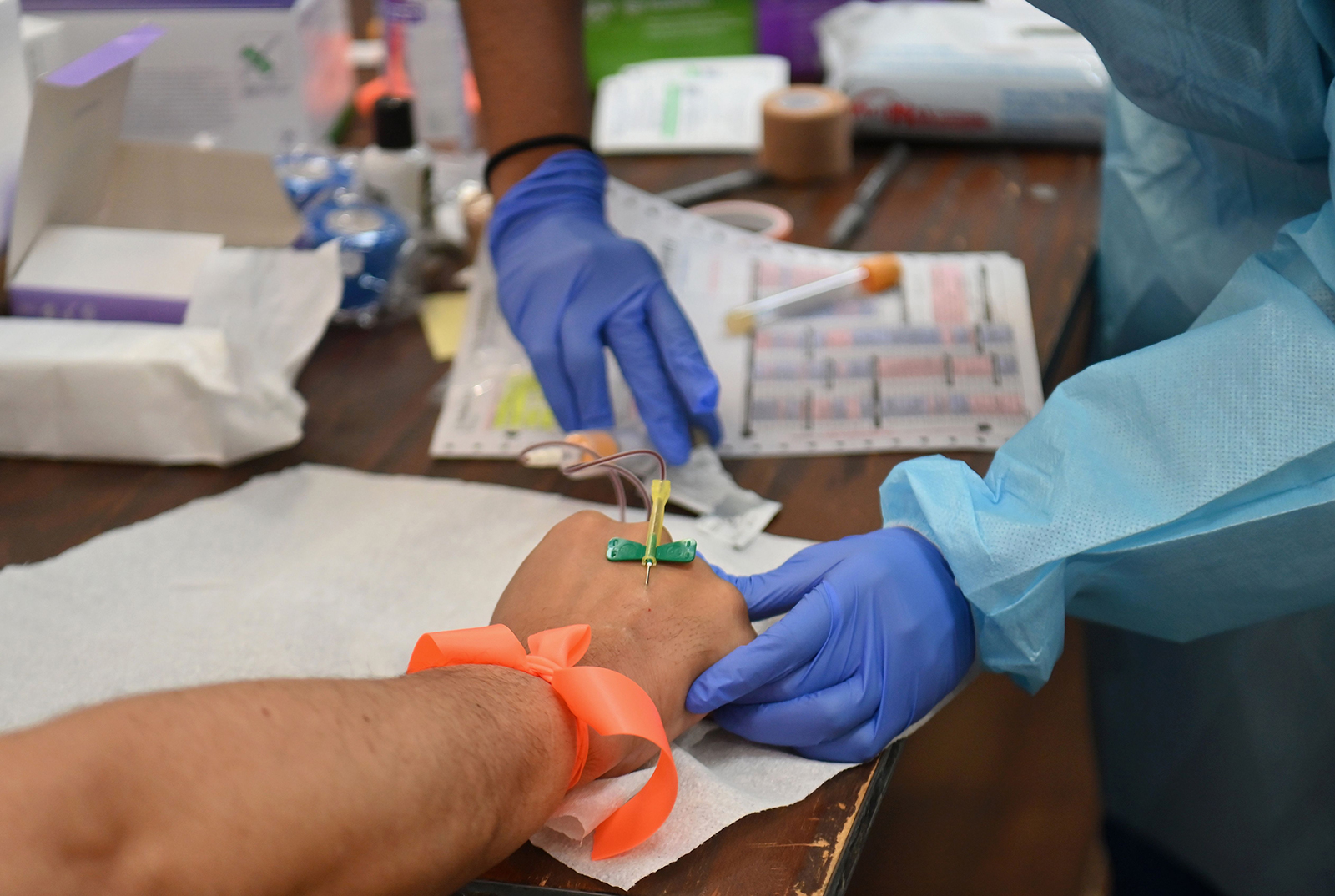
Thousands of American doctors and nurses have gotten sick caring for Covid-19 patients, the US Centers for Disease Control and Prevention said Tuesday.
Of an estimated 62,344 health care professionals who have contracted the disease, at least 291 have died, said the CDC.
And these numbers are likely higher in reality, since the agency only has death status data for a little over half of cases it has information on. Many reports on cases also don’t include whether the person worked in health care, meaning there are probably cases left out of this count.
The last time the CDC highlighted the number of cases among health care workers was on April 15. At that time, the number of infected health care workers was 9,282 — a fraction of what it is now.
Health care workers around the country have also complained for months that they do not have enough access to protective equipment.
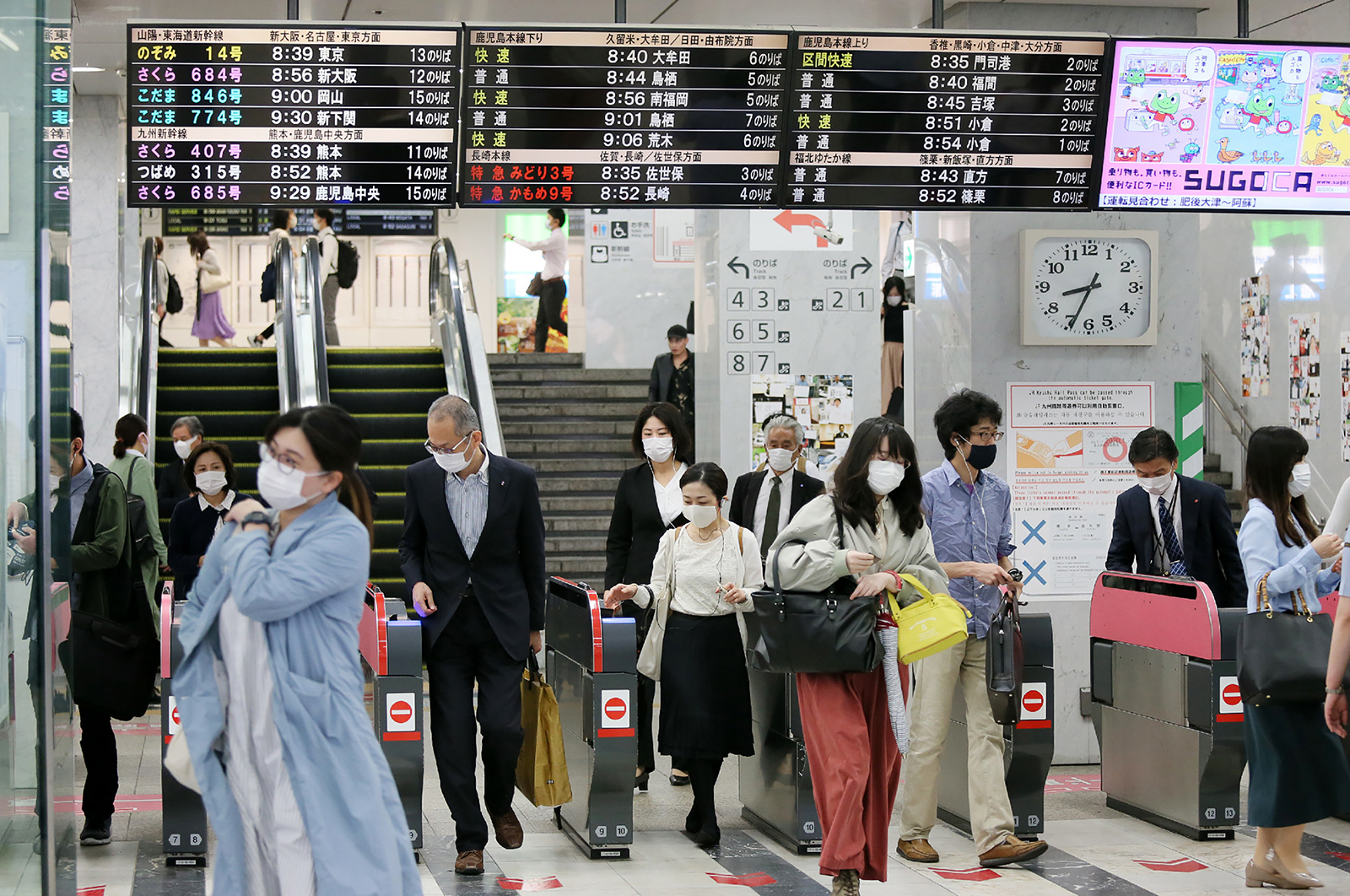
Japan may face a second surge of coronavirus infections, said Kenji Kitahashi, the mayor of the southern port city Kitakyushu.
“We are on the doorstep of a second wave,” he warned, pointing to a string of new infections.
The city, home to about 937,000 residents, had had no new cases for 23 days, said Kitahashi. Then, the virus returned; since last Friday, there have been 14 new cases.
One patient showed no symptoms but tested positive after a precautionary test, according to the mayor.
The city is located in Fukuoka prefecture, where the state of emergency order was lifted on May 14.
The nationwide state of emergency was lifted in some low-risk areas earlier in the month, before being fully lifted everywhere on Monday.
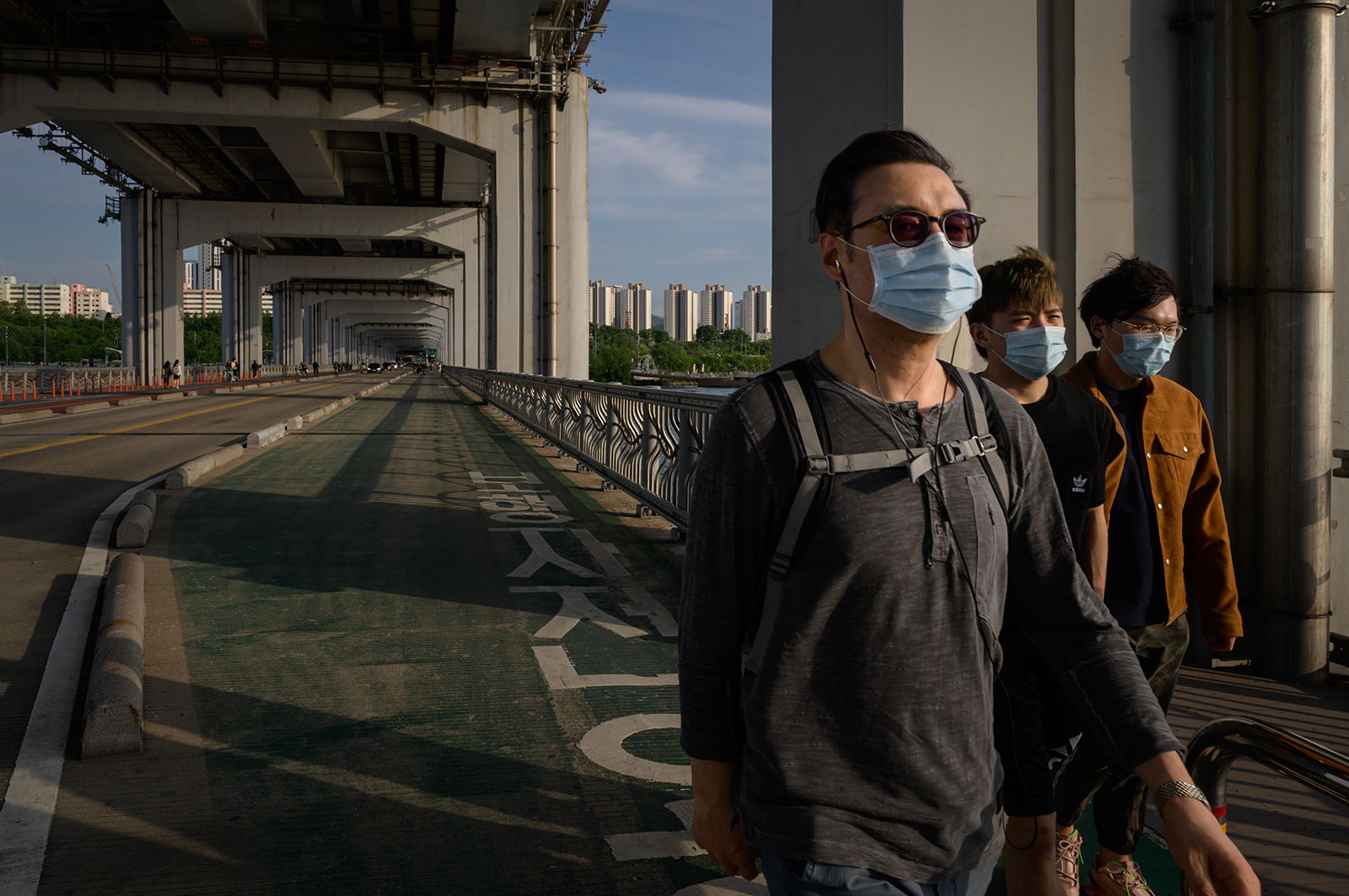
South Korea reported 40 new cases of the novel coronavirus on Wednesday, the highest daily figure since early April.
Among these new cases, 37 are believed to be locally transmitted, according to the South Korean Centers for Disease Control and Prevention.
The last time South Korea’s daily case figures were this high was April 8, when it reported 53 cases.
Since then, cases have largely stayed at around 30 or below per day.
Case numbers began spiking again recently, after a new cluster was identified in the capital Seoul’s entertainment district of Itaewon, popular for bars and nightclubs. Nearly 250 cases have been linked to the cluster since it emerged on May 9.
The country now has a total of 11,265 cases and 269 related deaths, according to the KCDC.
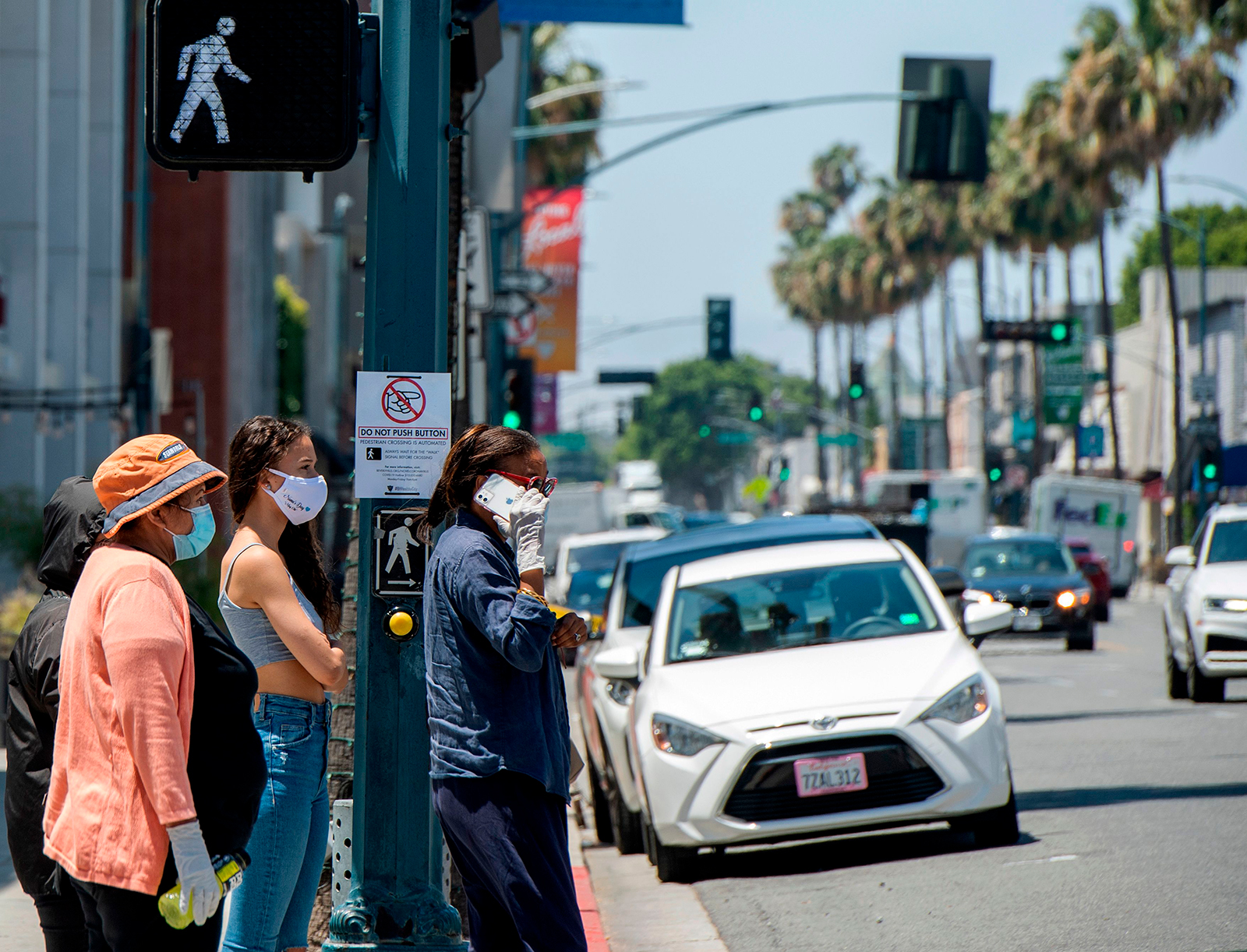
The US reported 18,611 new cases of Covid-19 and 693 related deaths on Tuesday, according to data from Johns Hopkins University.
That raises the national total to at least 1,680,913 cases and 98,913 deaths.
The totals includes cases from all 50 states, the District of Columbia and other US territories, as well as repatriated cases.
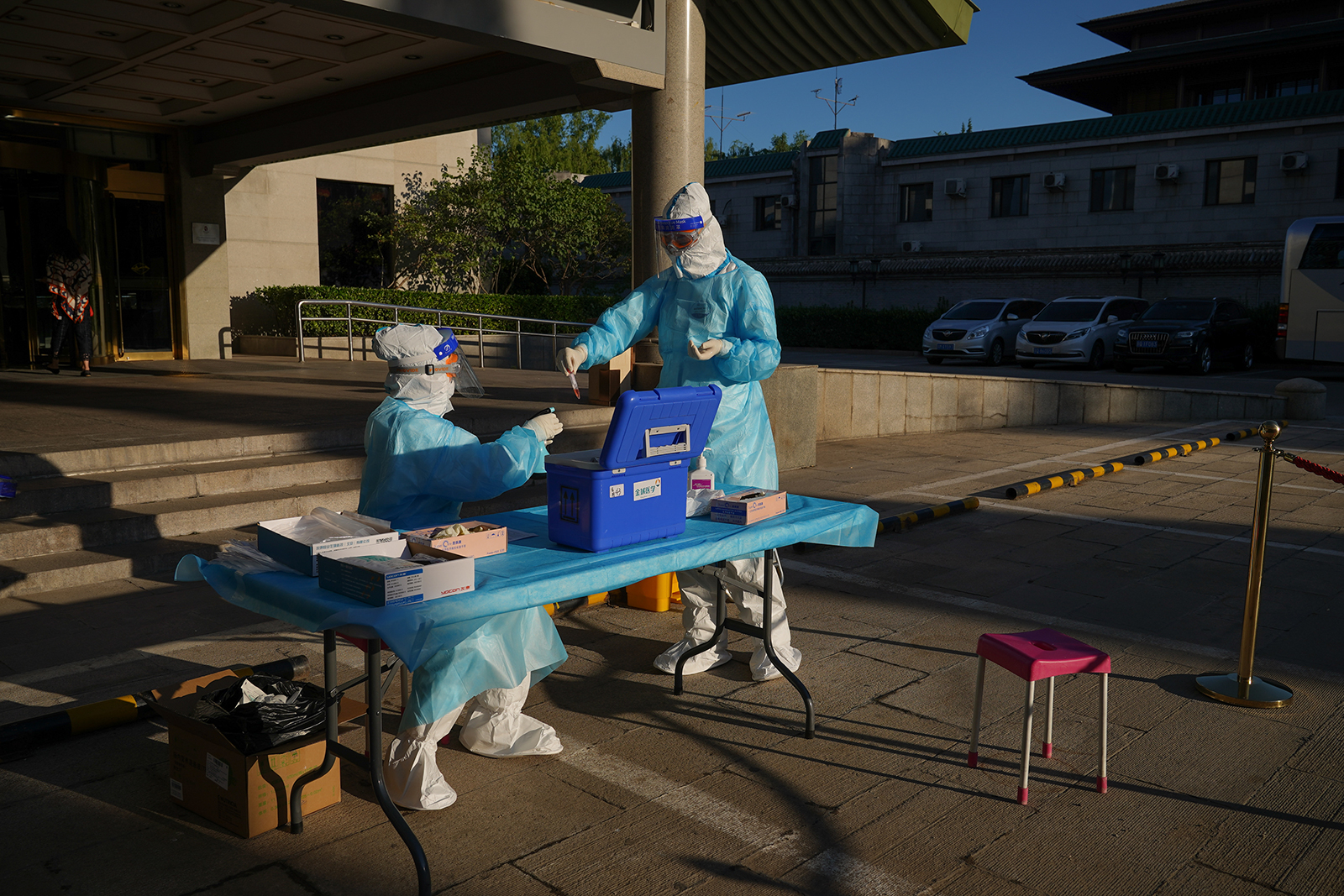
It didn’t take long after Australia’s first calls for an international investigation into the origins of the coronavirus pandemic before rumblings of retaliation came from Beijing.
Australian Foreign Minister Marisa Payne initially voiced support for an investigation on a Sunday morning television show in late April.
Days later, China’s ambassador to Australia Chen Jingye responded by suggesting the Chinese people themselves might retaliate with a boycott. “Maybe the ordinary (Chinese) people will say ‘Why should we drink Australian wine? Eat Australian beef?'” he told the Australian Financial Review.
Less than one month later, the campaign to punish Australia appears to be in full swing.
On May 12, China stopped accepting beef from four large Australian abattoirs, citing health issues. Five days later, China slapped tariffs of more than 80% on Australian barley imports as part of an anti-dumping probe.
Why this matters: China is Australia’s largest trading partner by far, with total trade between the two countries totaling more than $214 billion in 2018 alone. As Australia faces the very real prospect of a coronavirus-related recession, that economic relationship is more important than ever.
With ministerial ties fraying and anti-Australian rhetoric rising in Chinese state media, experts say deep cracks are emerging in relations between the two countries.
“It’s very hard to see how in the absence of any discussion we can quickly rebuild trust in the relationship,” said Richard McGregor, senior fellow at the Lowy Institute.
Read the full story here:
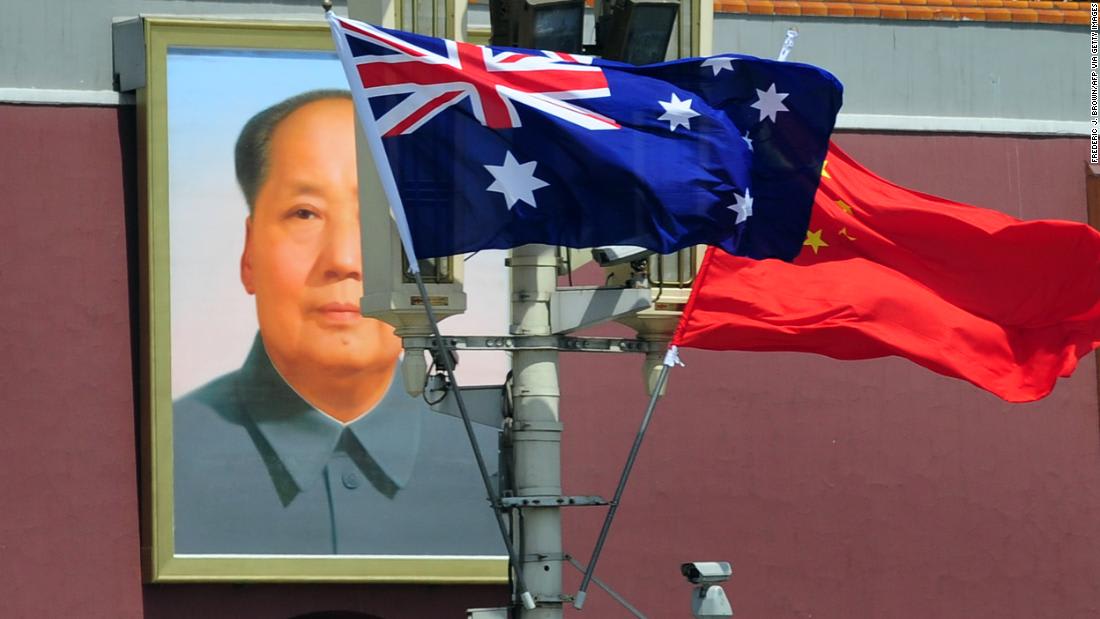
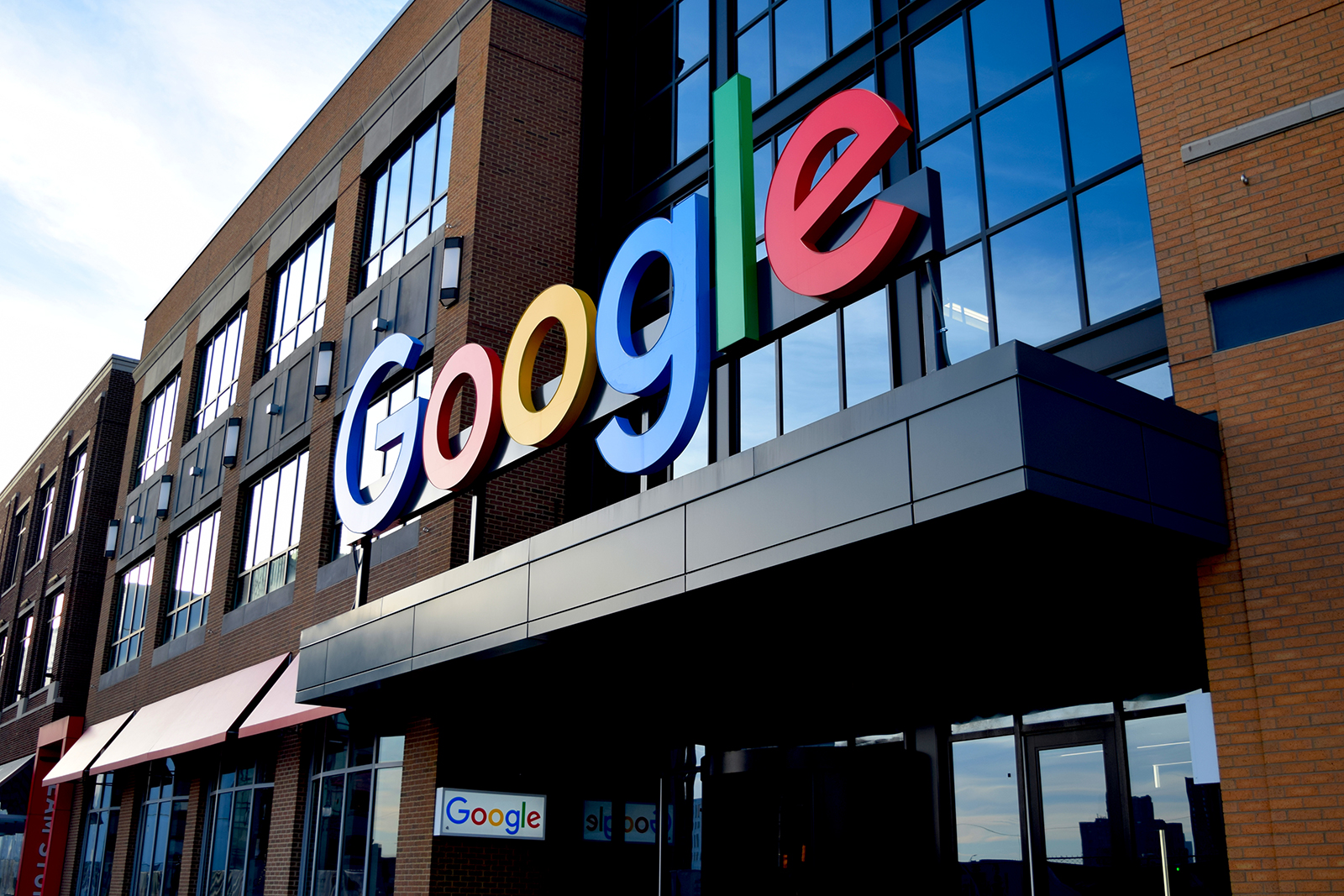
Even as some tech companies are telling employees they’ll be able to work from home “forever,” others are already planning to have a portion of their workforces back on site as early as this summer.
Google CEO Sundar Pichai told employees on Tuesday that the company plans to reopen “more buildings in more cities” starting July 6, but did not specify which.
Employees at those locations will be able to return to the office, but each will be limited to about 10% building occupancy at first, with plans to grow to 30% capacity by September.
“We’ll have rigorous health and safety measures in place to ensure social distancing and sanitization guidelines are followed,” Pichai wrote in a blog post, “so the office will look and feel different than when you left. Our goal is to be fair in the way we allocate time in the office, while limiting the number of people who come in, consistent with safety protocols.”
Read more here:
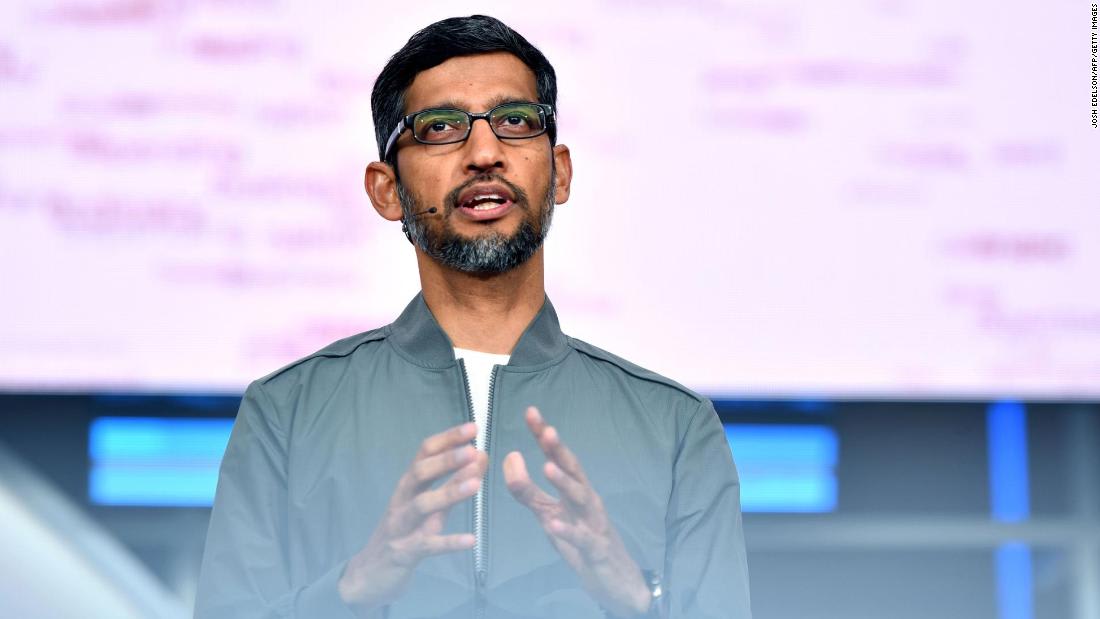
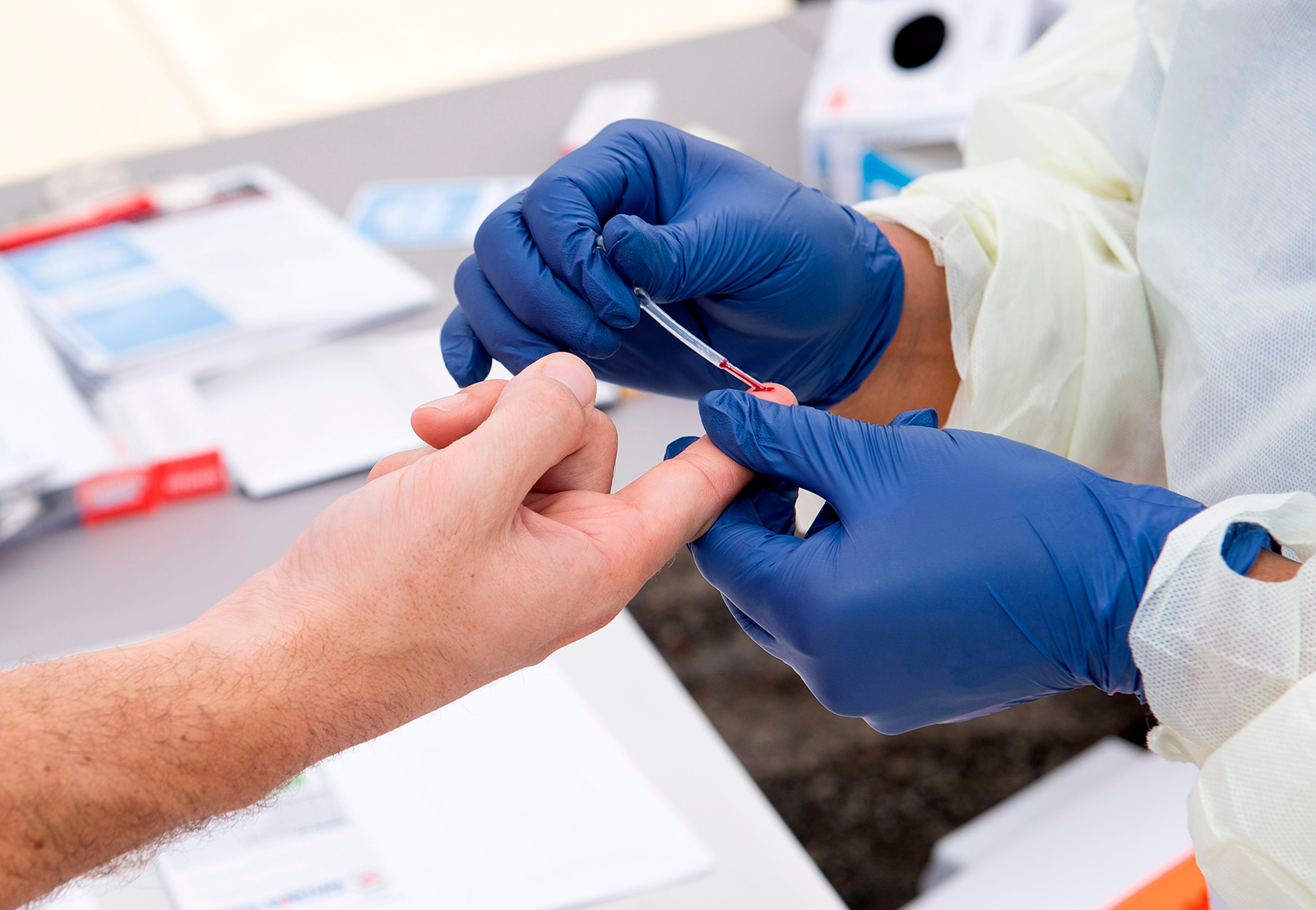
Antibody tests used to determine if people have been infected in the past with Covid-19 might be wrong up to half the time, the US Centers for Disease Control and Prevention said in new guidance posted online.
Antibody tests, often called serologic tests, look for evidence of an immune response to infection.
“Antibodies in some persons can be detected within the first week of illness onset,” the CDC says.
But these tests are not accurate enough to use to make important policy decisions, the CDC said.
“Serologic test results should not be used to make decisions about grouping persons residing in or being admitted to congregate settings, such as schools, dormitories, or correctional facilities … Serologic test results should not be used to make decisions about returning persons to the workplace,” the CDC said.
Health officials or health care providers who are using antibody tests need to use the most accurate test they can find and might need to test people twice, the CDC said in the new guidance.
Read more here:
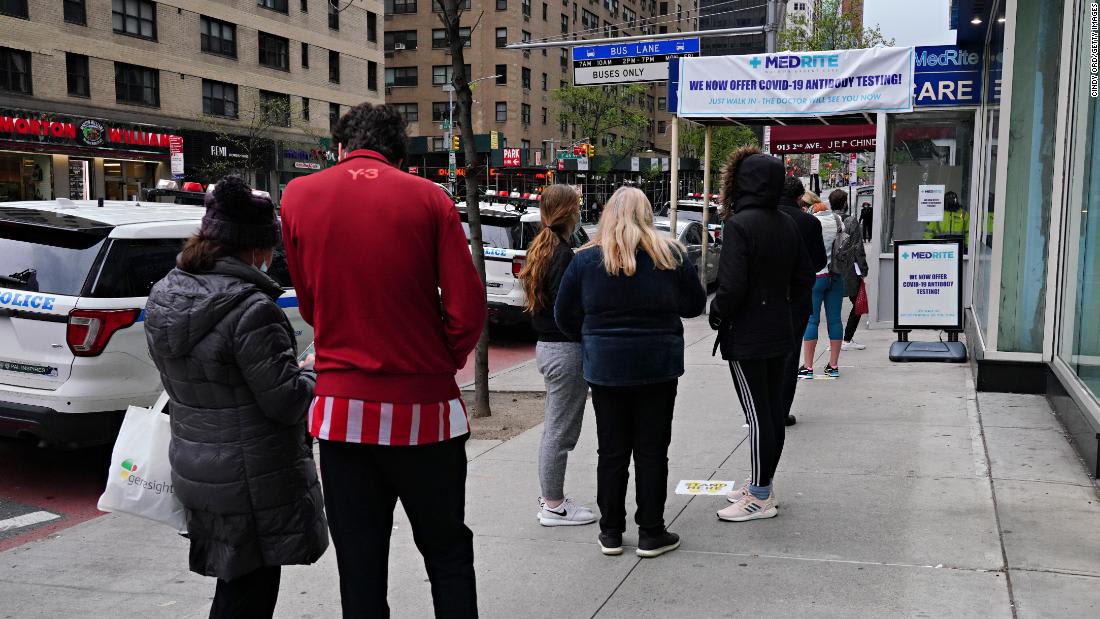
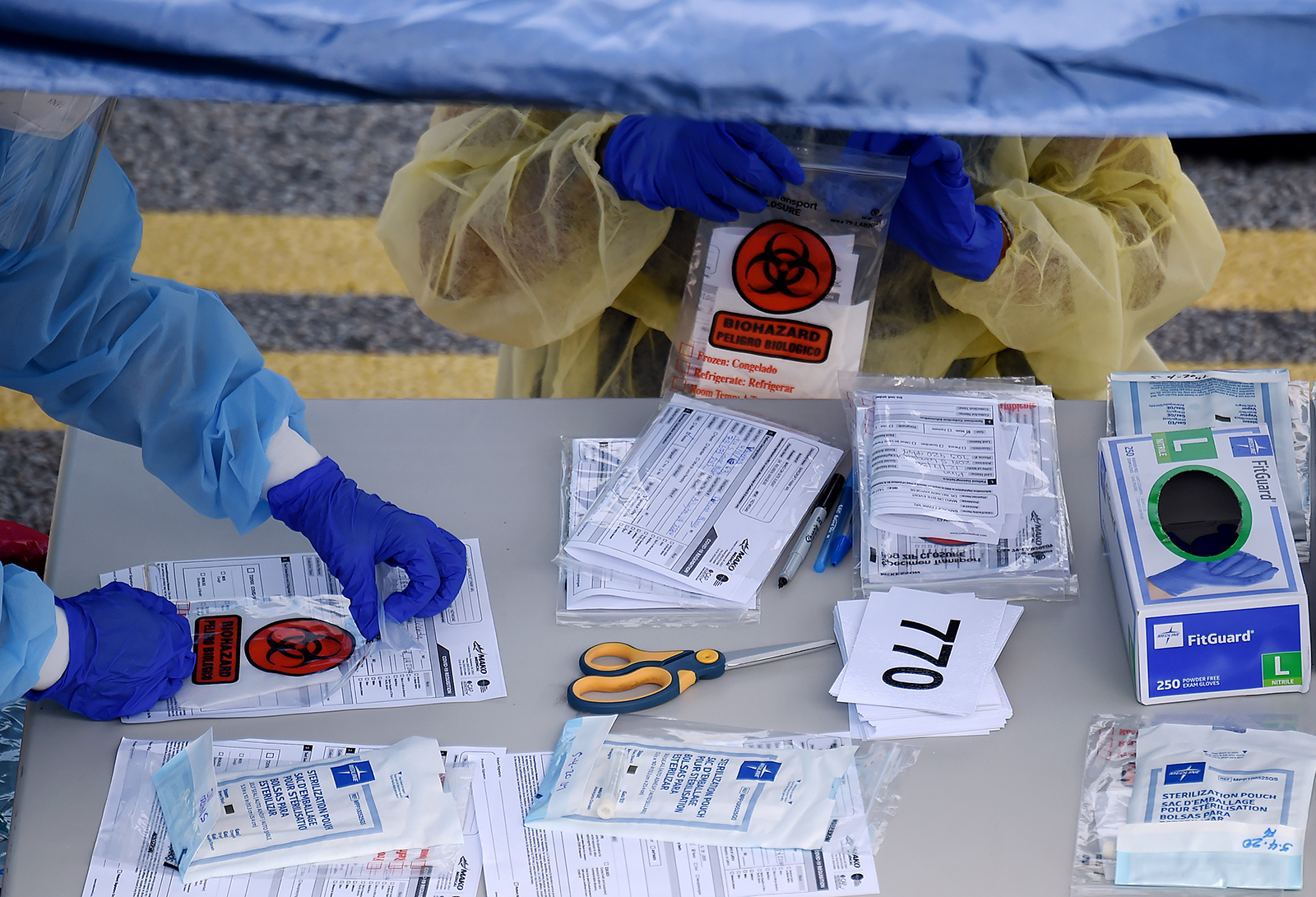
The young man admitted to the Newton-Wellesley hospital in Massachusetts was clearly very ill — so ill that he needed the help of a ventilator to breathe.
The doctors treating him were certain he was infected with the new coronavirus. It was mid-April — the height of the outbreak in the Boston area. The patient had trouble breathing and had other symptoms.
But the first swab test for coronavirus came back negative. A second test, 24 hours later, came up negative, too. So they tried a different approach.
“The clinical team reached out to me for help in testing a tracheal aspirate,” Dr. Michael Misialek, a pathologist at Newton-Wellesley Hospital outside Boston, told CNN.
That’s a test that takes a sample from deeper in the respiratory system. It uses a different technique, but doctors are increasingly reporting that they cannot find evidence of Covid-19 infection until they perform such tests.
This tracheal secretion came back positive. “That allowed the team to enroll the patient in a clinical trial,” Misialek said. He was treated with one of several immune-based drugs being tried out on coronavirus patients, eventually recovered and was discharged from hospital.
Similar cases were taking place around the world. In London, New York, and elsewhere, health workers were seeing patients arrive with severe symptoms — but then test negative for Covid-19.
Why is this happening? Some studies are beginning to indicate that when patients are severely ill, the virus is replicating deeper in the respiratory system, beyond the reach of the swabs used for most of the testing, experts say.
Dozens of tests are on the market, but their reliability varies greatly.
Polymerase chain reaction (PCR) tests, which look for evidence of the virus, are usually reliable — but not always.
Read the full story here:
